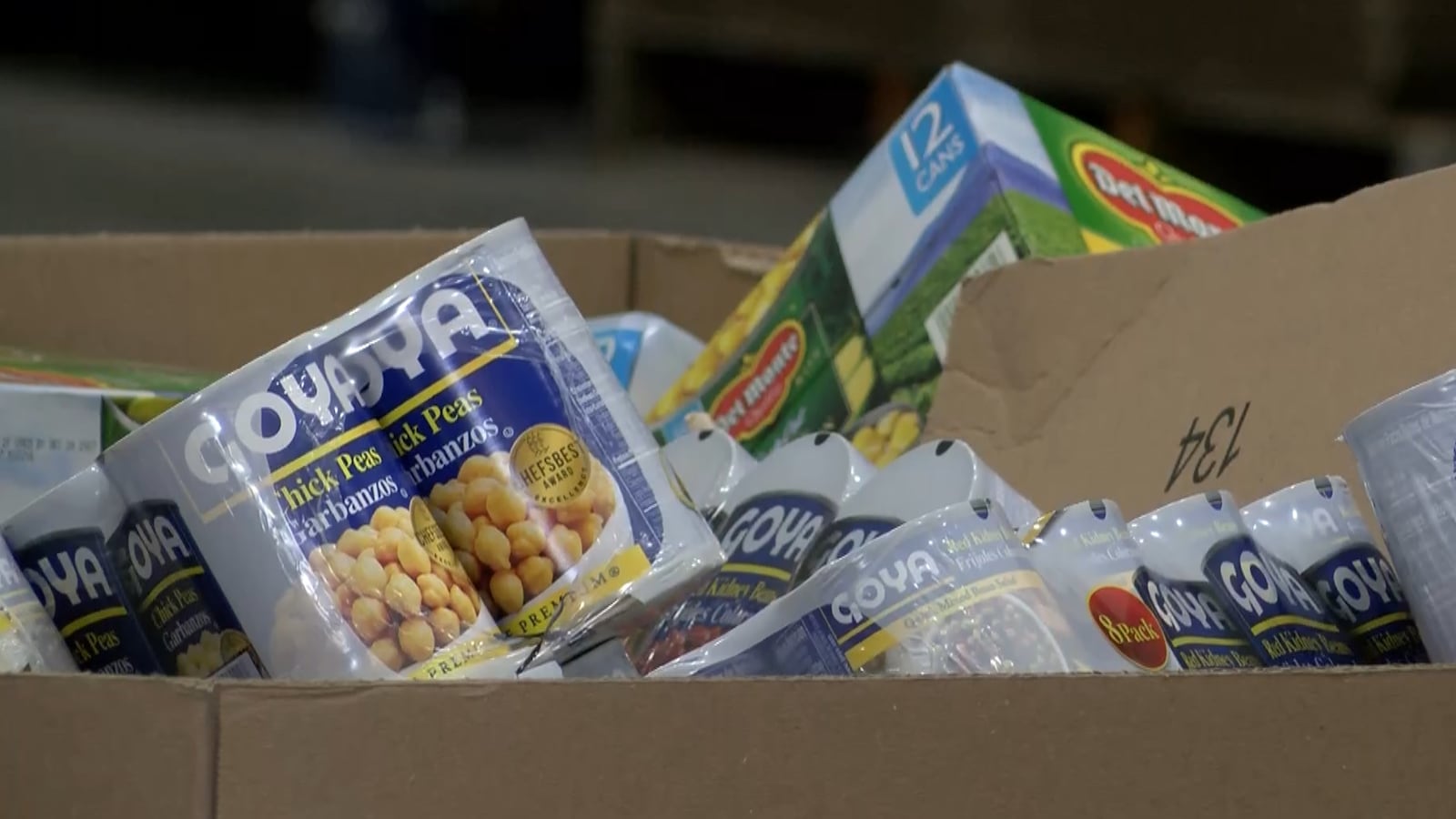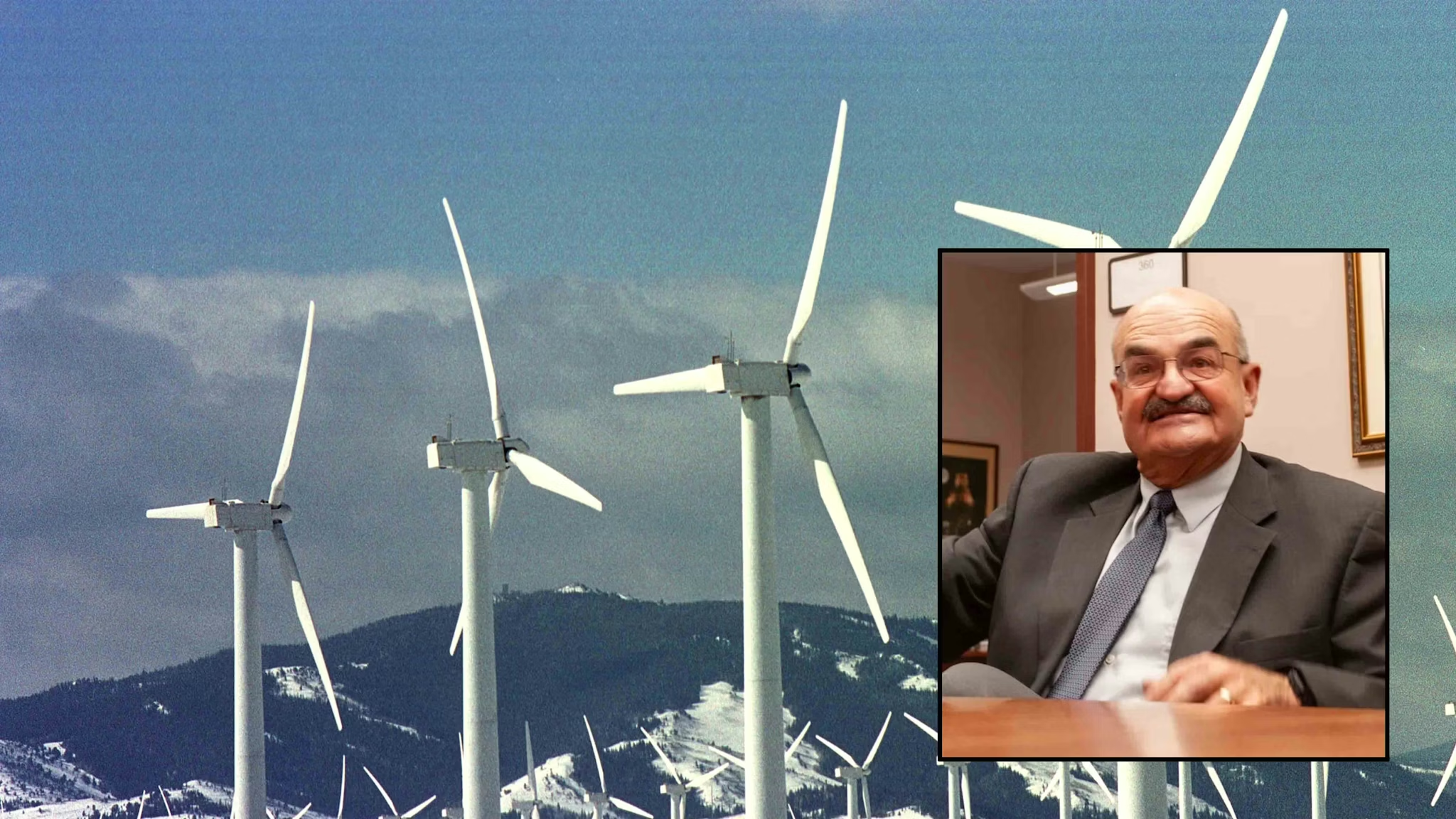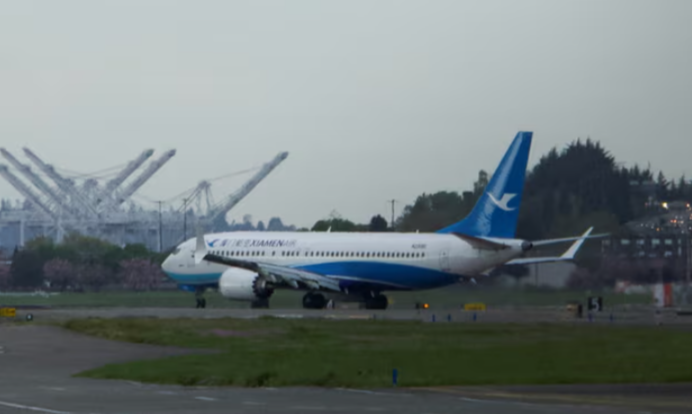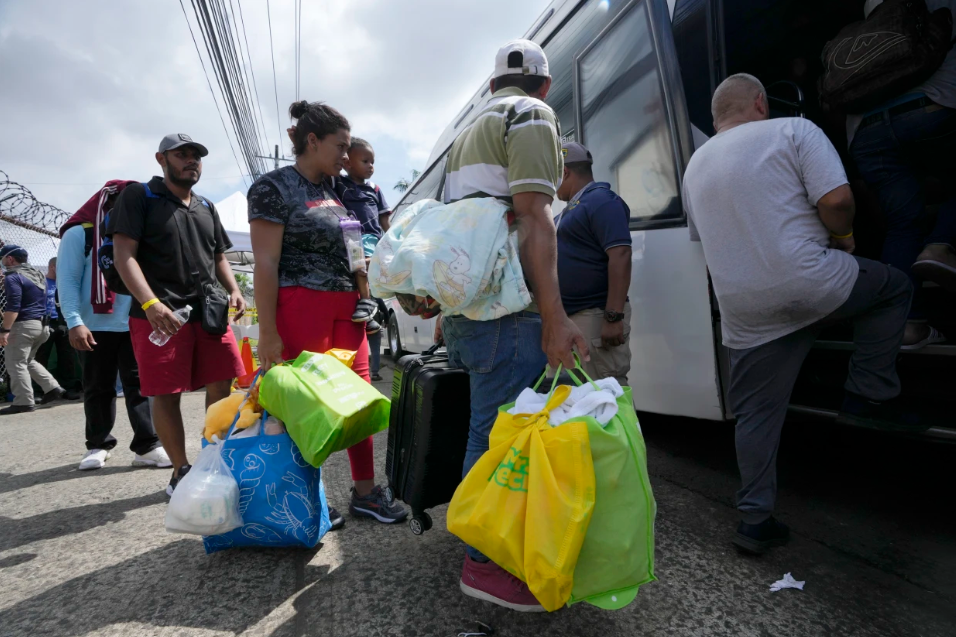A second Boeing 737 MAX jet originally intended for delivery to a Chinese airline has returned to the United States, according to flight tracking data, as shifting trade dynamics between Washington and Beijing continue to impact the aerospace industry.
The aircraft, which departed from Boeing’s Zhoushan completion center near Shanghai, landed in Guam on Monday — a refueling stop along the trans-Pacific route to Boeing’s Seattle-area hub. Another 737 MAX, painted in the livery of China’s Xiamen Airlines, made a similar return trip a day earlier, ultimately landing at Boeing Field in Seattle.
The reasons behind the return of these aircraft remain unclear, and neither Boeing nor the airlines involved have publicly commented on the decision. However, the moves come amid renewed tensions in US-China trade relations, with implications for the aviation sector.
Earlier this month, the US raised baseline tariffs on Chinese imports to 145%, prompting a retaliatory 125% tariff from China on US goods. These elevated duties significantly raise the cost for Chinese carriers purchasing American-made aircraft. Given that a Boeing 737 MAX typically has a market value of approximately $55 million, the added tariffs could make such acquisitions financially unfeasible.
Boeing’s 737 MAX, the company’s most popular model, is typically assembled in the US before being sent to facilities like Zhoushan for final delivery preparations. The return of the planes underscores a broader disruption to what had long been a duty-free flow of aircraft between major global markets.
The tariff situation may also be influencing Chinese government policy. Reports have suggested that Beijing recently advised its domestic airlines to pause purchases of aircraft parts and equipment from US suppliers. Boeing had about 130 jets on order for delivery to Chinese carriers and leasing firms as of late March, according to industry reports.
Compounding the uncertainty, DHL and other logistics providers have recently adjusted their services in response to changing customs rules, indicating broader ripple effects from the evolving tariff regime. Some airlines, meanwhile, are reconsidering delivery timelines. Ryanair CEO Michael O’Leary, for example, recently hinted at potential delays to scheduled aircraft deliveries, citing hopes that “common sense will prevail.”
With China accounting for roughly 20% of expected global demand for aircraft over the next two decades, the outcome of ongoing tariff negotiations could have lasting consequences for the industry.
Reuters, the Guardian and CNN contributed to this report.










The latest news in your social feeds
Subscribe to our social media platforms to stay tuned